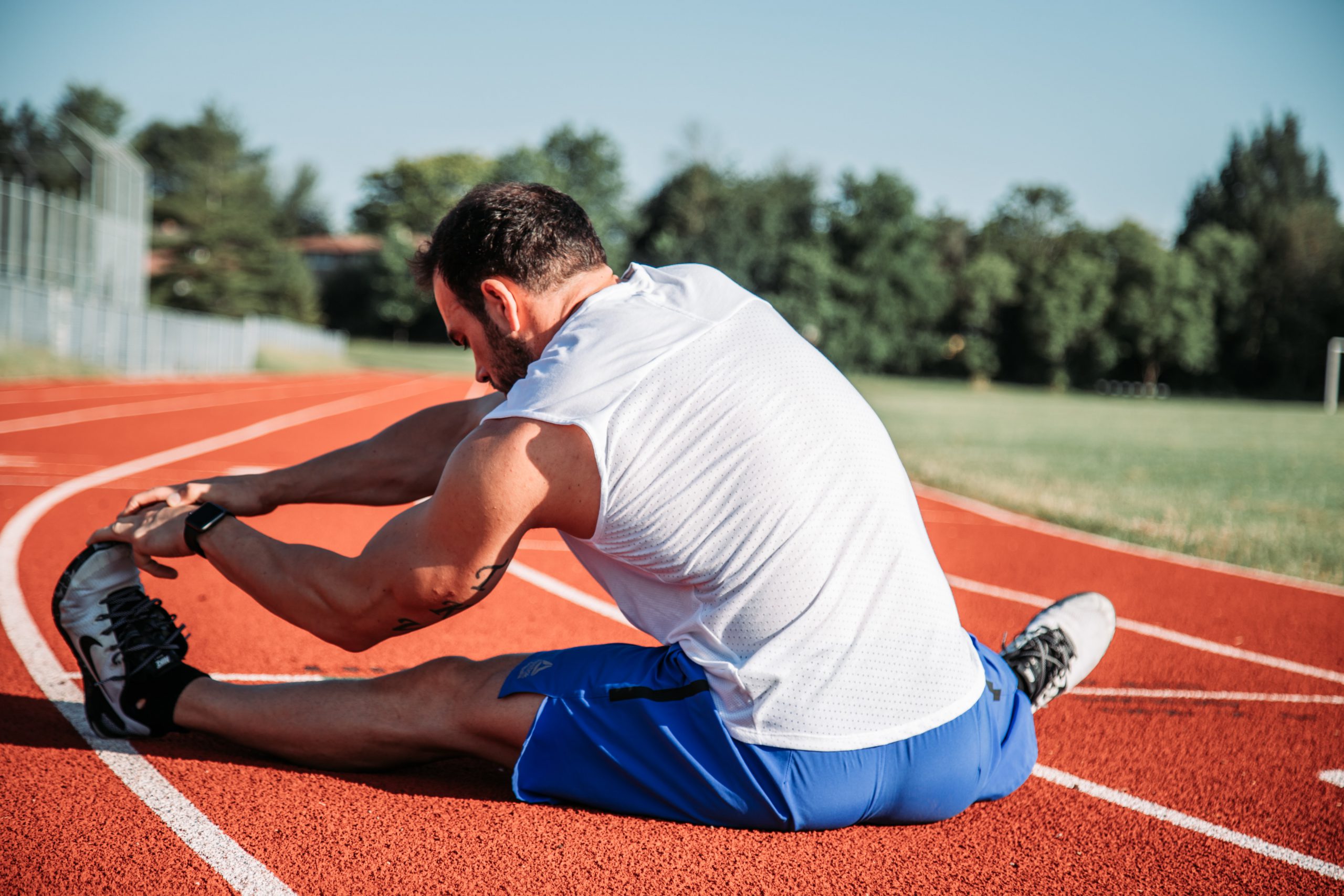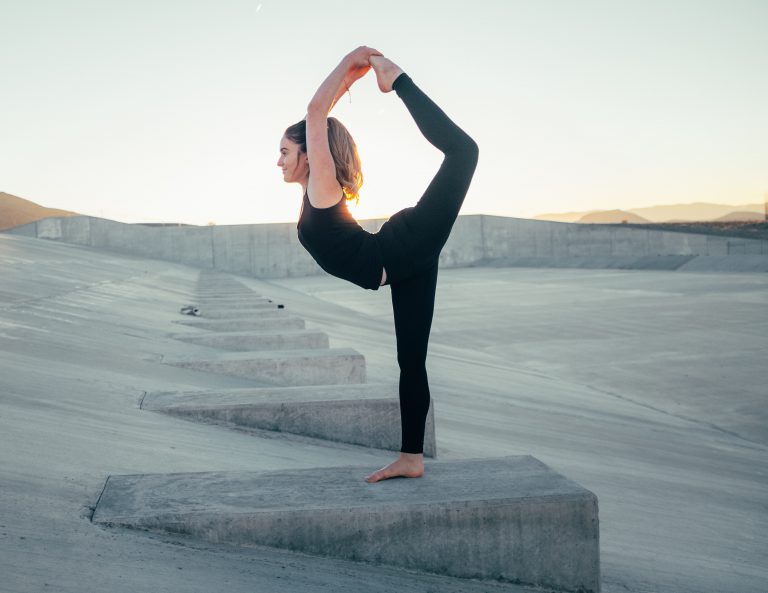Stretching is a crucial part of improving a person’s flexibility and mobility. However, people rarely get to perform stretching exercises since many people cannot engage in physical activities due to the pandemic. This leads to different forms of body pain, which can manifest in people with poor physique. Thankfully, your patients can consult you, and you can diagnose and treat your patients with the help of telemedicine.
The global pandemic and the rise of telemedicine
The whole world is at a standstill as a new strain of COVID-19 is attempting to disrupt the progress of vaccination and recovery for most nations. Consequently, this will lead to another wave of tighter quarantine protocols forcing borders to close and people to stay indoors. It’s a catalyst that will bring even more difficulties for physicians to meet their patients during the lockdown.
Telemedicine is becoming the most accessible way for patients to consult with their physicians amid strict quarantine protocols. It’s a welcome technological advancement for patients experiencing different forms of body pain from physical inactivity due to the pandemic. Thankfully, you can use video conferencing tools to diagnose and interact with your patients, even without meeting in person.
In this article, we’ll share three dynamic stretching exercises you can teach your patients through telemedicine.
1. Dumbbell chest presses
Besides the lower body, people who go through prolonged sitting positions also need to engage their upper body. Symptoms of chest tightness can be due to extended periods of bad posture while sitting down. With dumbbell chest presses, a person can strengthen their chest muscles while promoting their upper body’s flexibility to avoid stressing their chest.
While lying down on a bench, keep light dumbbells at chest level at rest. Next, push the dumbbells above your chest while still remaining aligned to your shoulders. Maintain the pose then slowly bring your arms back to a resting position.
2. Single-leg deadlifts
One way the world is adapting to the global pandemic is shifting workplace and classroom setups to incorporate online interactions. Since medical experts discourage face-to-face interactions due to the pandemic, virtual spaces became the solution to overcome these challenges. Unfortunately, this can lead to prolonged inactivity, primarily on the spine and back of the leg. Single deadlifts can strengthen these parts to prevent lethargy from being stuck in idle positions.
With your feet separated shoulder-width apart, inhale and bend down forward to allow your right leg to raise behind you. Ensure that your hips stay in parallel to the ground when repeating reps and switching legs.
3. High knees
Many people are losing their daily dose of low-intensity exercises, primarily for their lower body. With high knees, you can stimulate your body’s blood flow to promote stretching the hips, glutes, and knee joints. In a standing position, drive one knee up and back down to the ground in one full swing. Alternate raising one leg to the other until you reach the recommended sets or number of sets or duration in seconds.
Conclusion
Since you can’t monitor your patients when they’re performing stretching exercises on their own, you need to give them a few reminders to ensure their safety. Request them to do up to 10 minutes of low-intensity warm-up to stimulate blood flow to their muscles. Remember to remind them to hold positions for only 15-30 seconds. Any stretched position for longer than a minute won’t improve their flexibility. Lastly, tell them to incorporate the right breathing patterns, preferably diaphragmatic breathing, to increase the routine’s effectiveness.
Dose of Healthcare is the best source for health articles to guide your daily life during the COVID-19 pandemic. Check out our articles today to keep up with the latest innovations in healthcare worldwide.
















